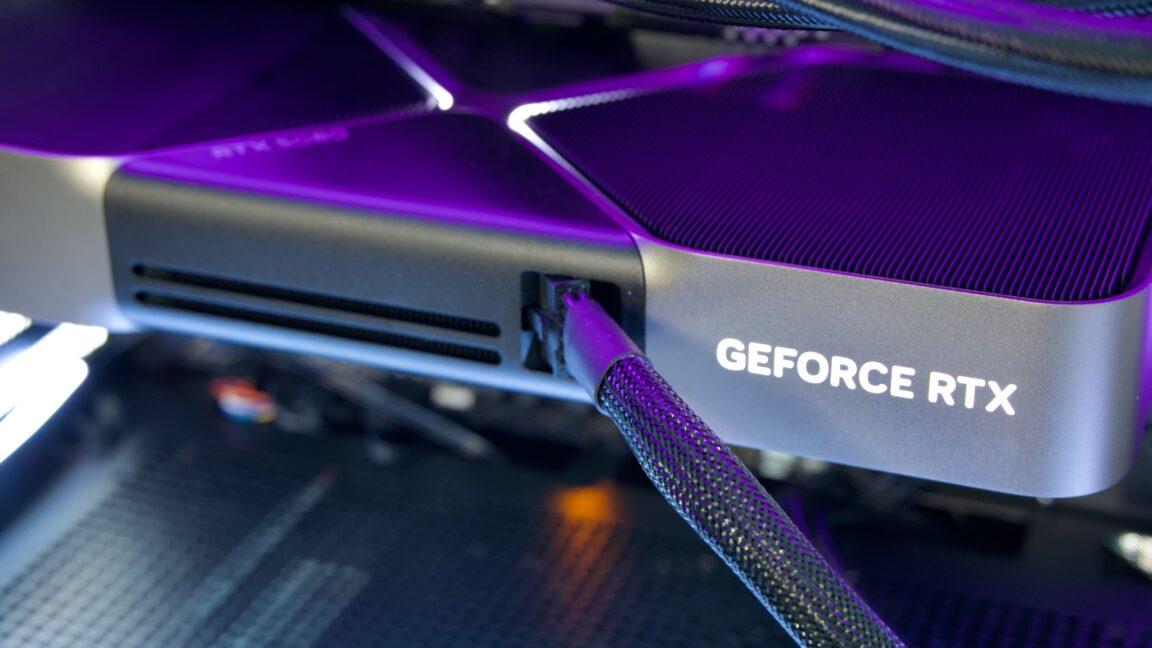Introduction to the Crisis
The rapid growth of AI-generated content and aggressive web-crawling practices by AI firms are threatening the sustainability of essential online resources. This has led to the development of various tools and strategies to protect against these crawlers.
The Problem with AI Crawlers
AI crawlers generate over 50 billion requests to networks daily, accounting for nearly 1 percent of all web traffic. This not only consumes resources but also raises costs for website owners. Aaron, a developer, has created a tool called Nepenthes, which acts as a "tarpit" for these crawlers. "Any time one of these crawlers pulls from my tarpit, it’s resources they’ve consumed and will have to pay hard cash for," Aaron explained. "It effectively raises their costs. And seeing how none of them have turned a profit yet, that’s a big problem for them."
Commercial Solutions
On Friday, Cloudflare announced "AI Labyrinth," a similar but more commercially polished approach. Unlike Nepenthes, which is designed as an offensive weapon against AI companies, Cloudflare positions its tool as a legitimate security feature to protect website owners from unauthorized scraping. Cloudflare explained that when they detect unauthorized crawling, rather than blocking the request, they will link to a series of AI-generated pages that are convincing enough to entice a crawler to traverse them.
Community Efforts
The community is also developing collaborative tools to help protect against these crawlers. The "ai.robots.txt" project offers an open list of web crawlers associated with AI companies and provides premade robots.txt files that implement the Robots Exclusion Protocol, as well as .htaccess files that return error pages when detecting AI crawler requests.
The Threat to Online Resources
The current approach taken by some large AI companies—extracting vast amounts of data from open-source projects without clear consent or compensation—risks severely damaging the very digital ecosystem on which these AI models depend. Responsible data collection may be achievable if AI firms collaborate directly with the affected communities. However, prominent industry players have shown little incentive to adopt more cooperative practices.
Conclusion
Without meaningful regulation or self-restraint by AI firms, the arms race between data-hungry bots and those attempting to defend open source infrastructure seems likely to escalate further, potentially deepening the crisis for the digital ecosystem that underpins the modern Internet. It is essential for AI firms to adopt responsible data collection practices to ensure the sustainability of online resources.
FAQs
- Q: What is the problem with AI crawlers?
A: AI crawlers generate a large number of requests to networks daily, consuming resources and raising costs for website owners. - Q: What is Nepenthes?
A: Nepenthes is a tool that acts as a "tarpit" for AI crawlers, consuming their resources and raising their costs. - Q: What is AI Labyrinth?
A: AI Labyrinth is a commercially polished approach by Cloudflare that protects website owners from unauthorized scraping by linking to AI-generated pages. - Q: How can we protect against AI crawlers?
A: We can protect against AI crawlers by using tools like Nepenthes and AI Labyrinth, as well as collaborative community efforts like the "ai.robots.txt" project.











